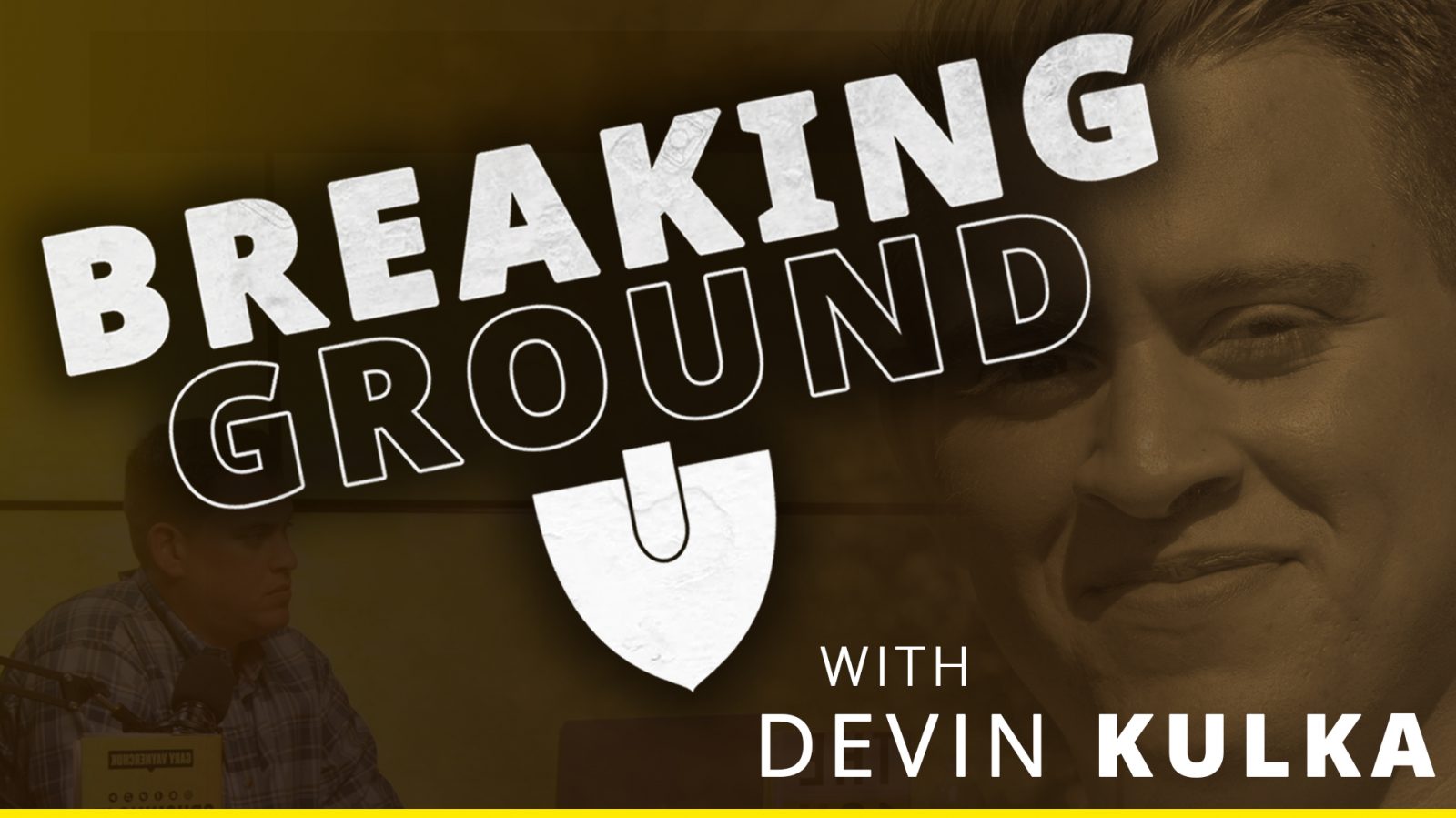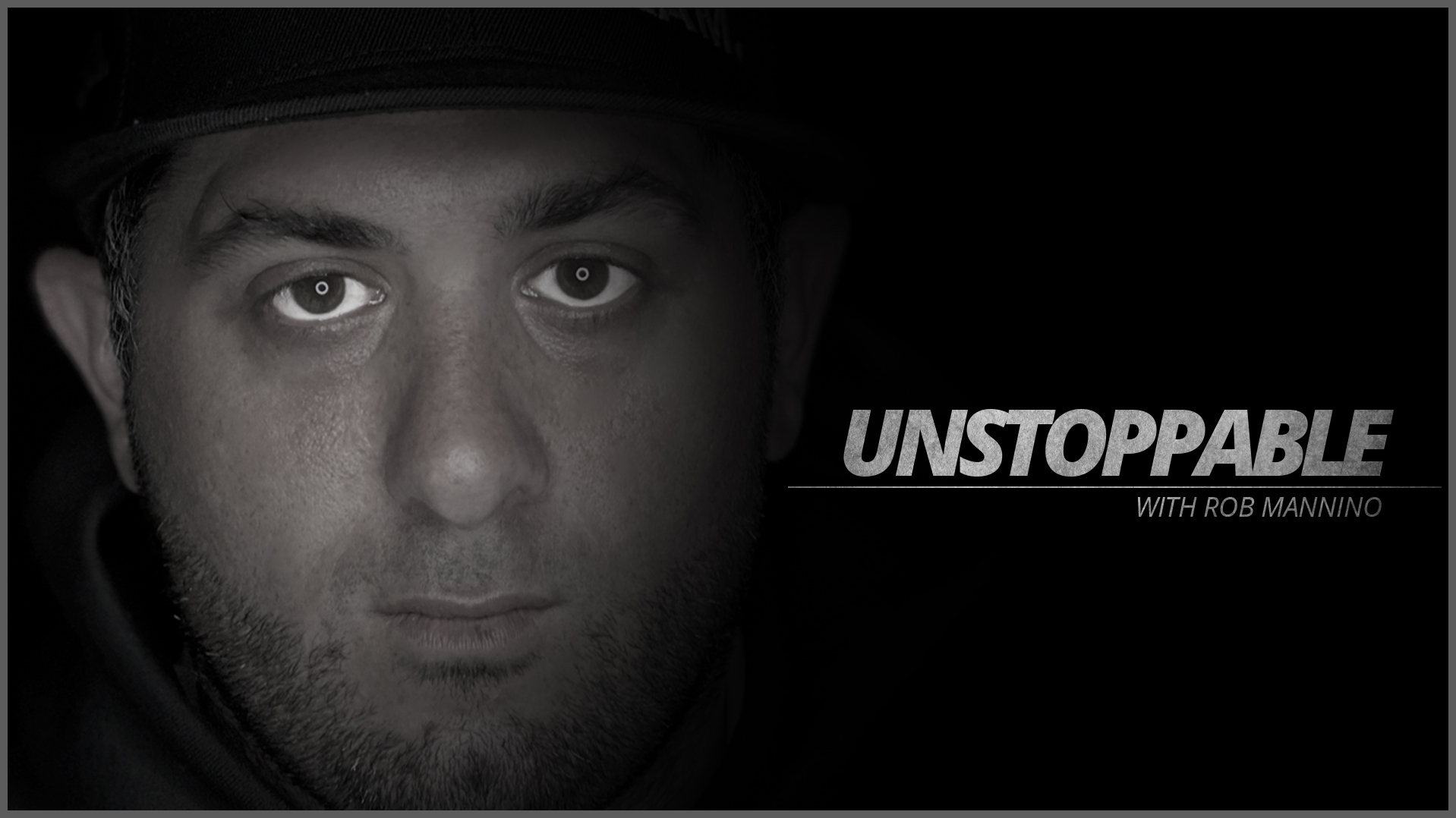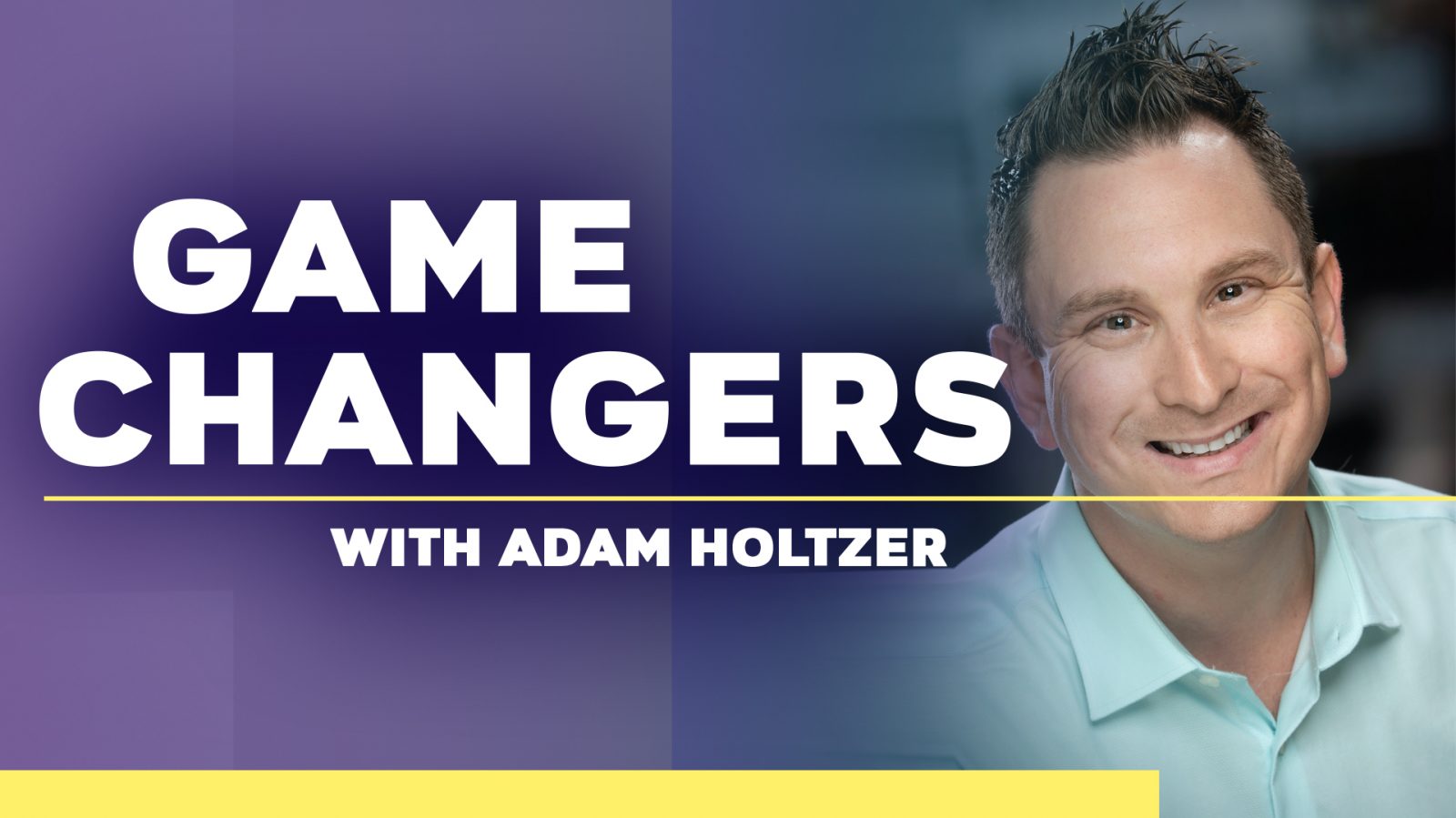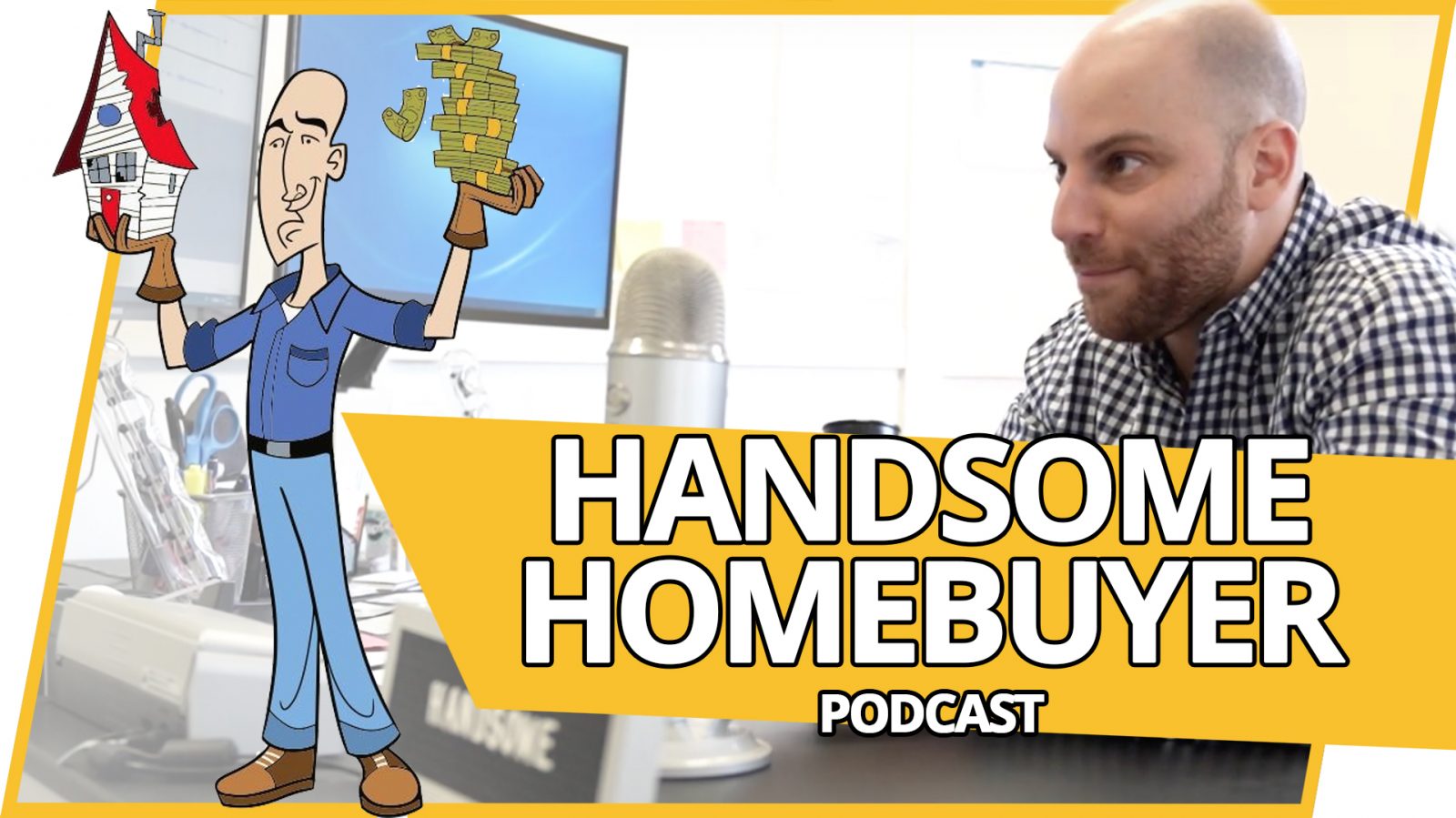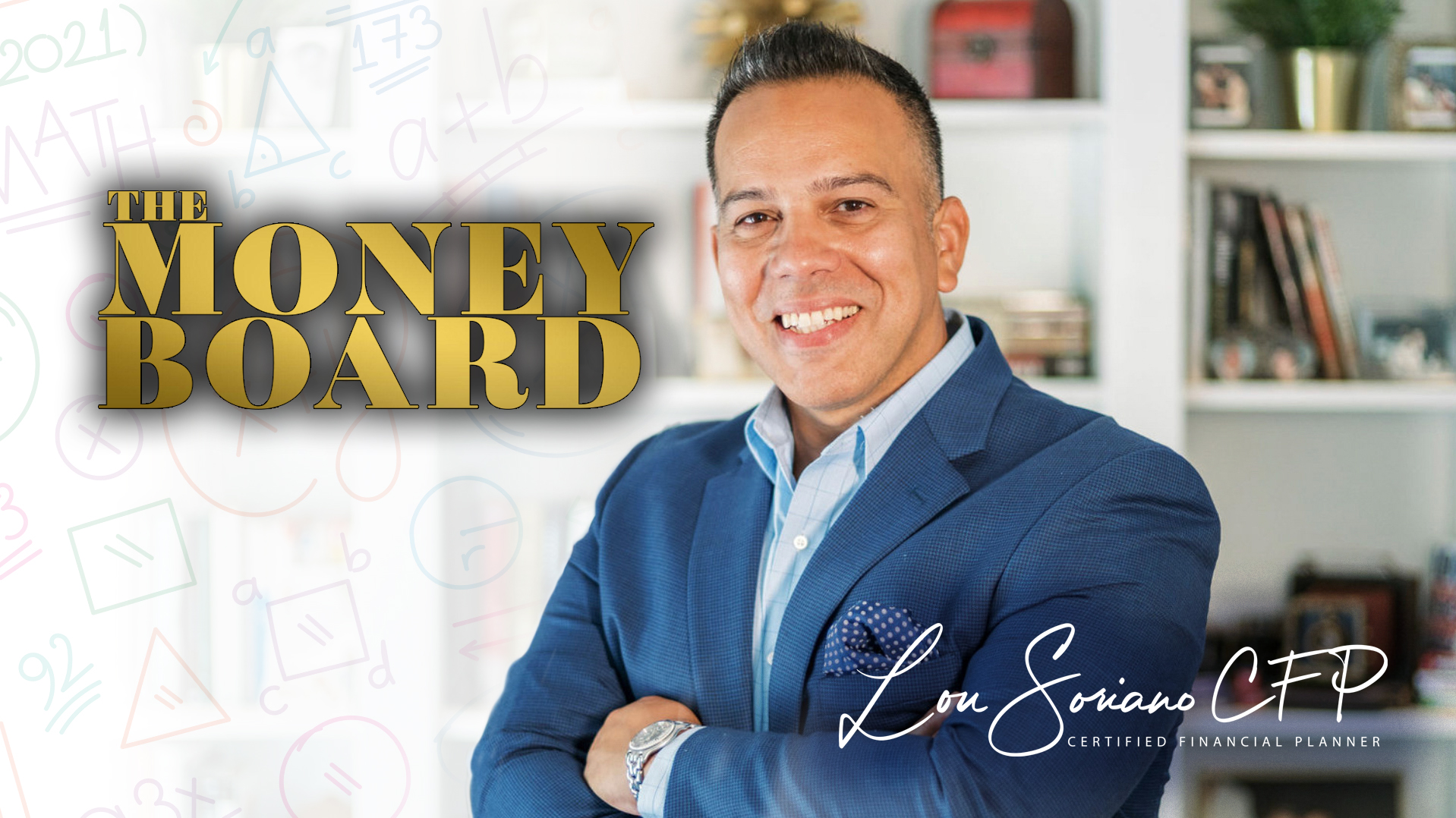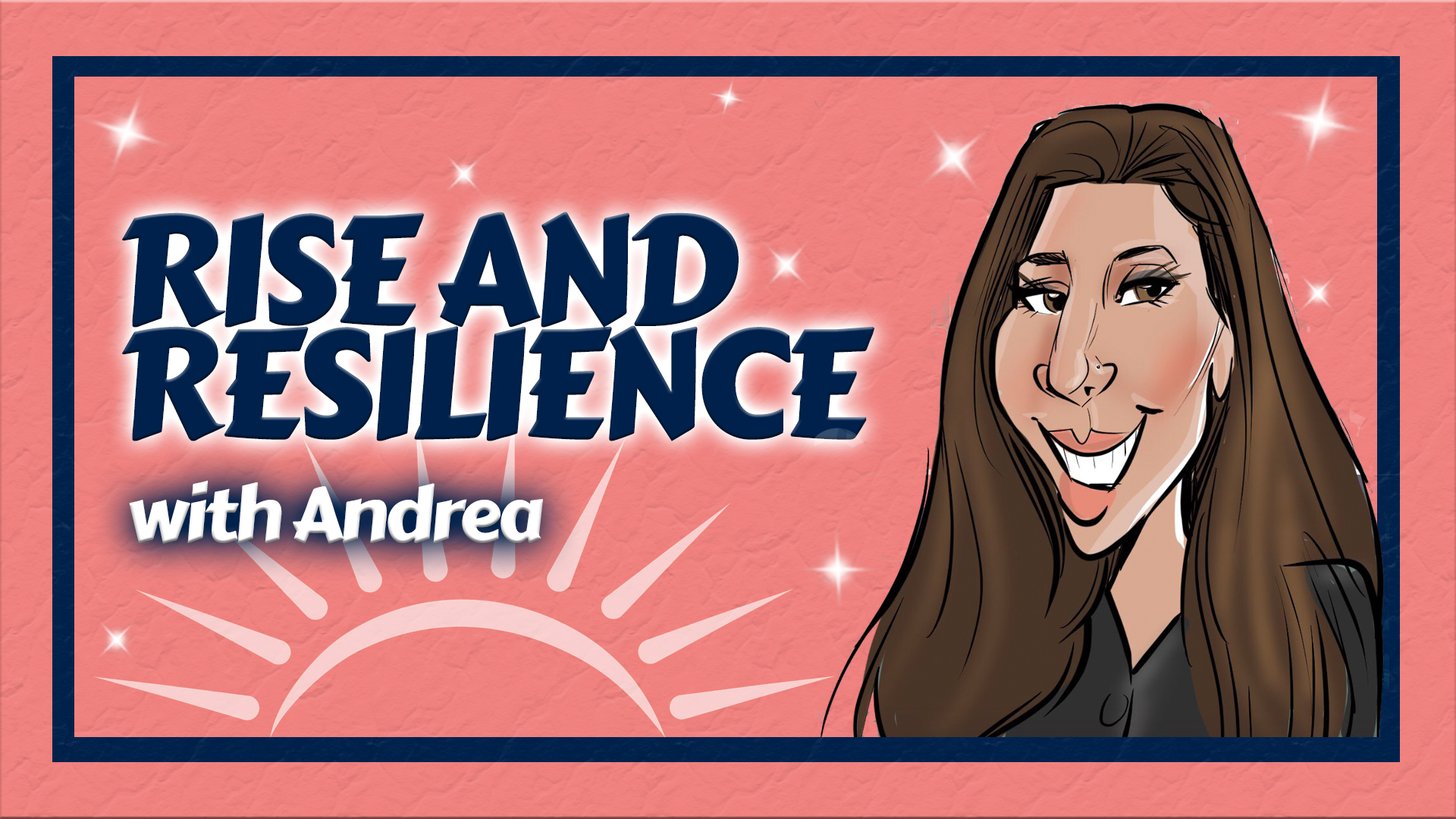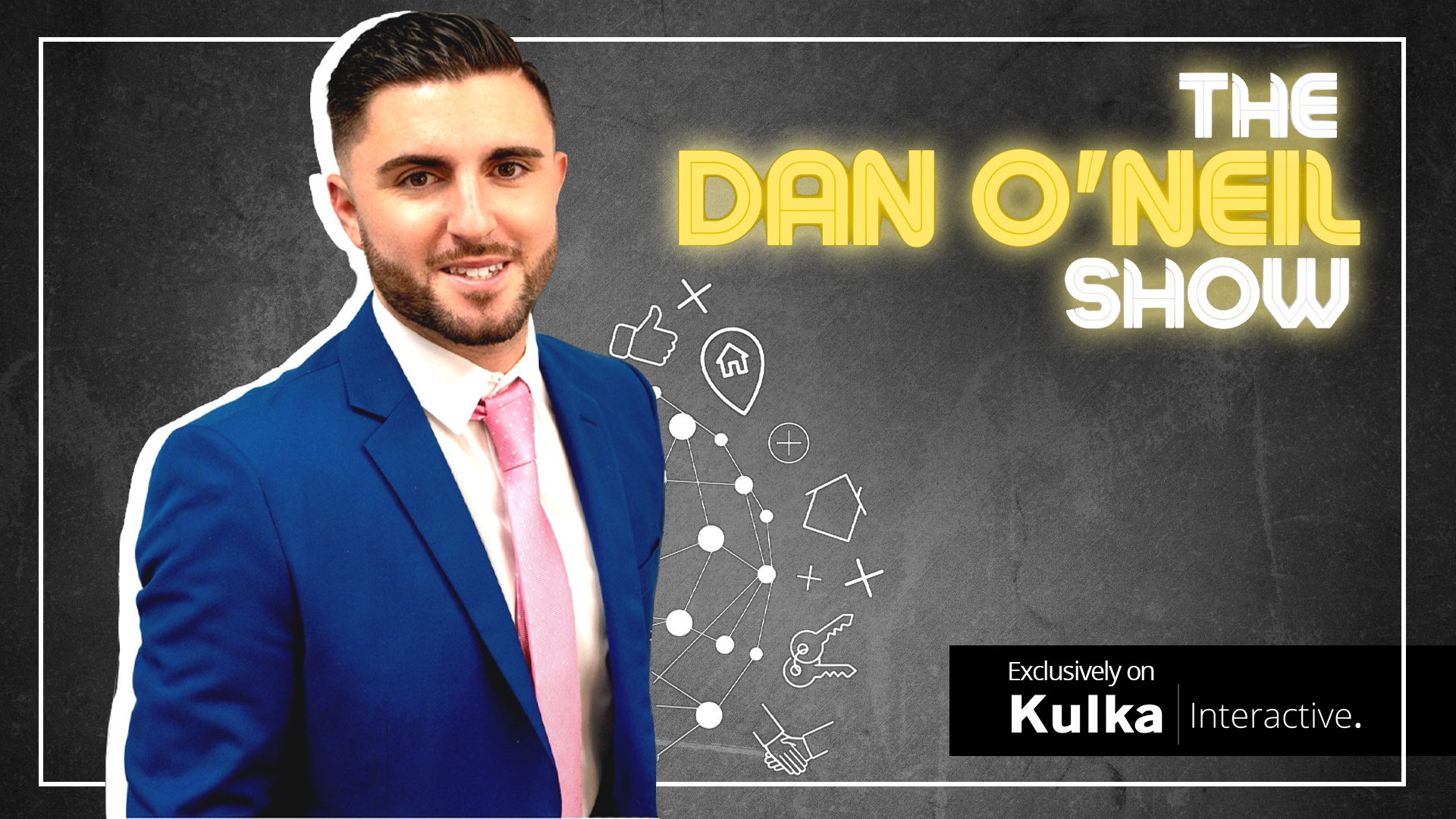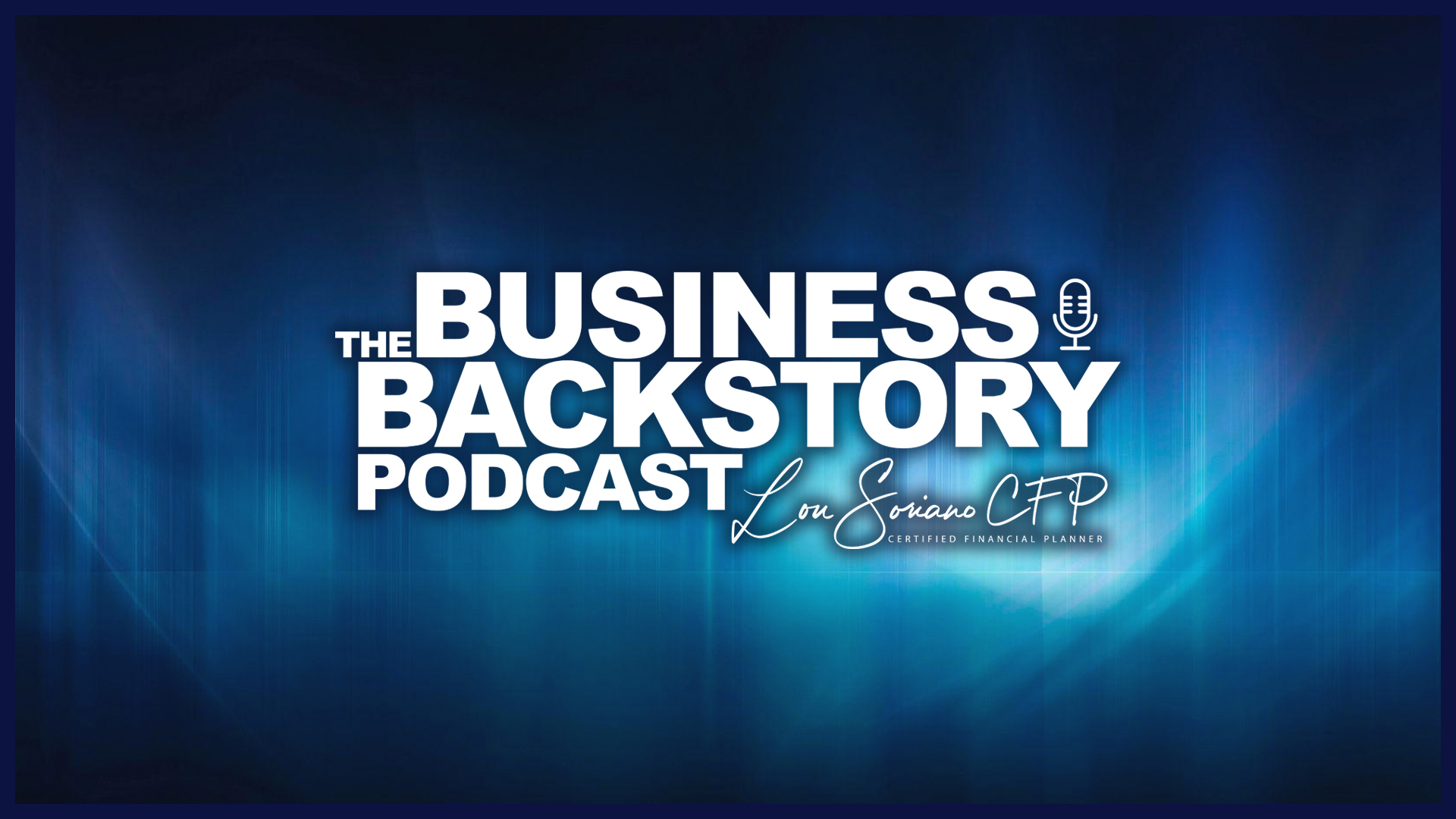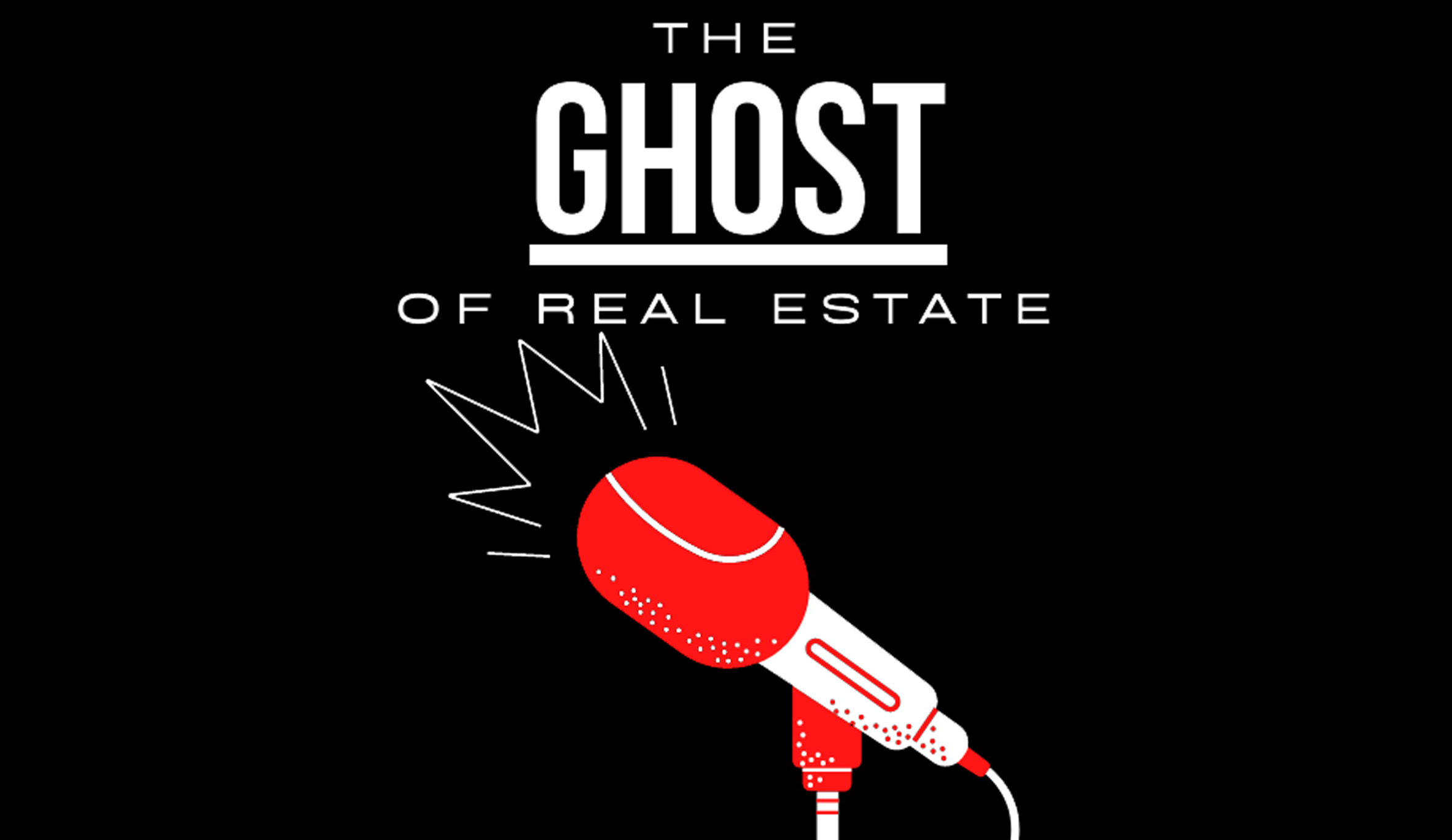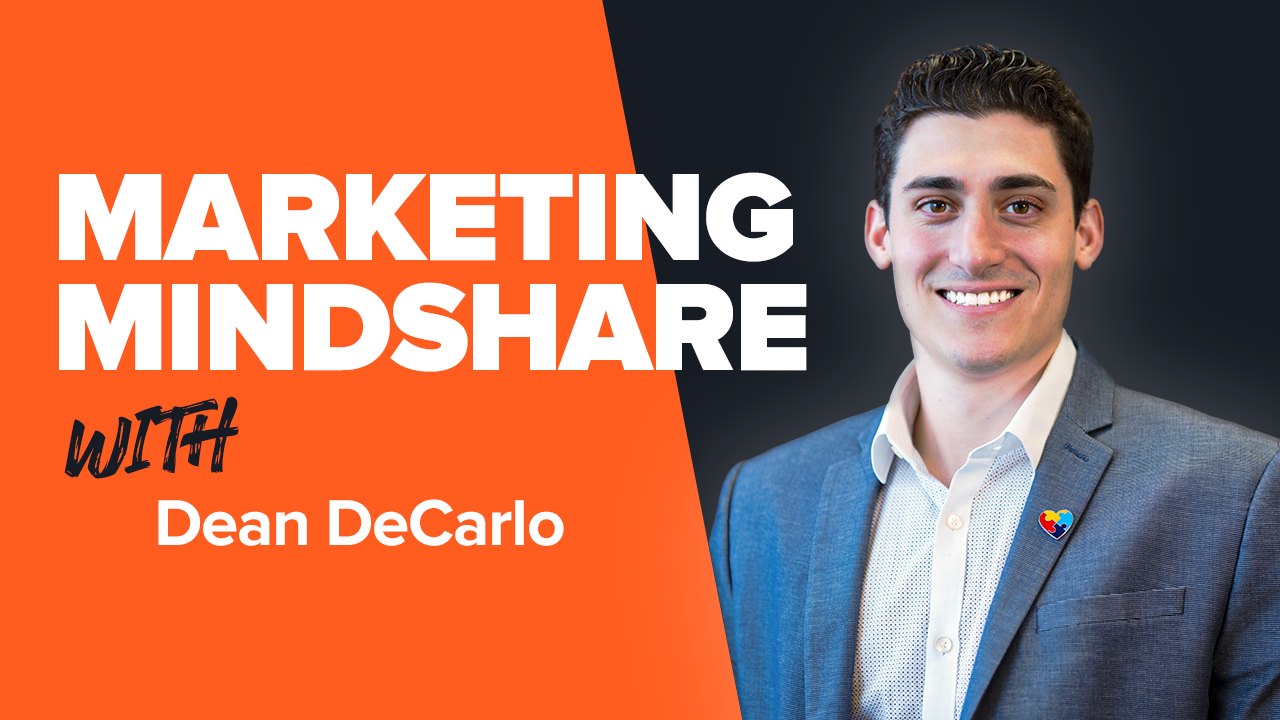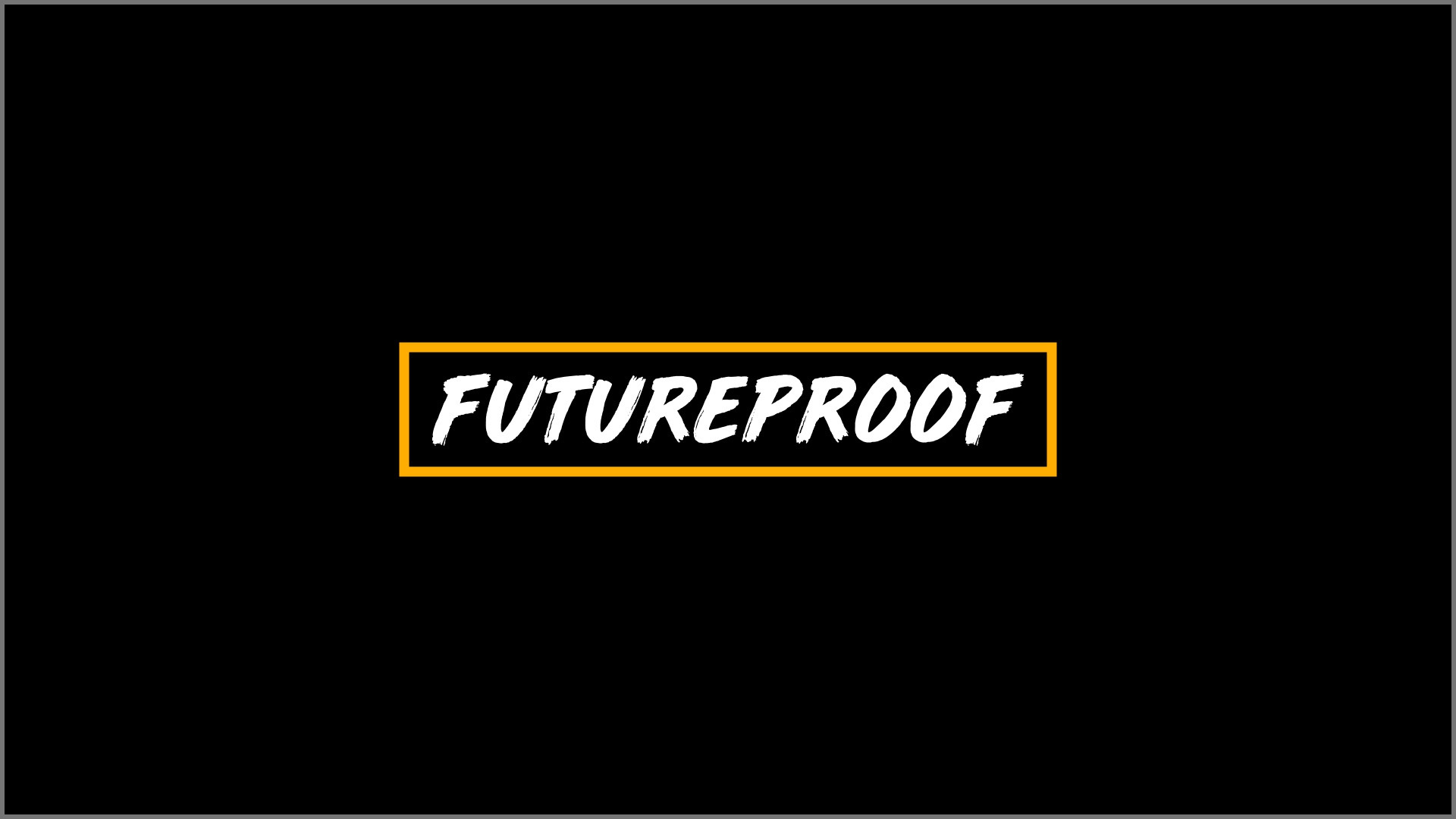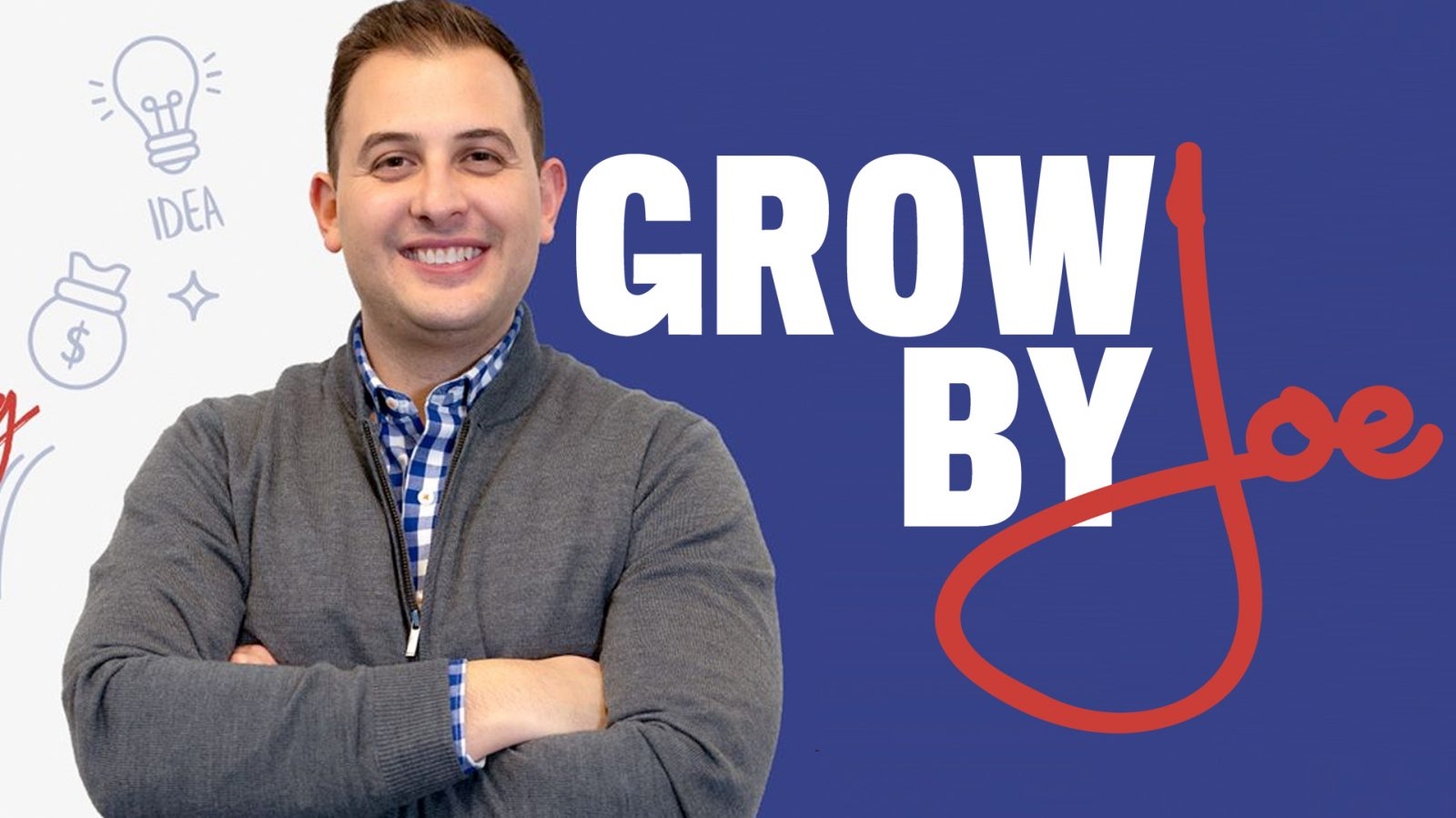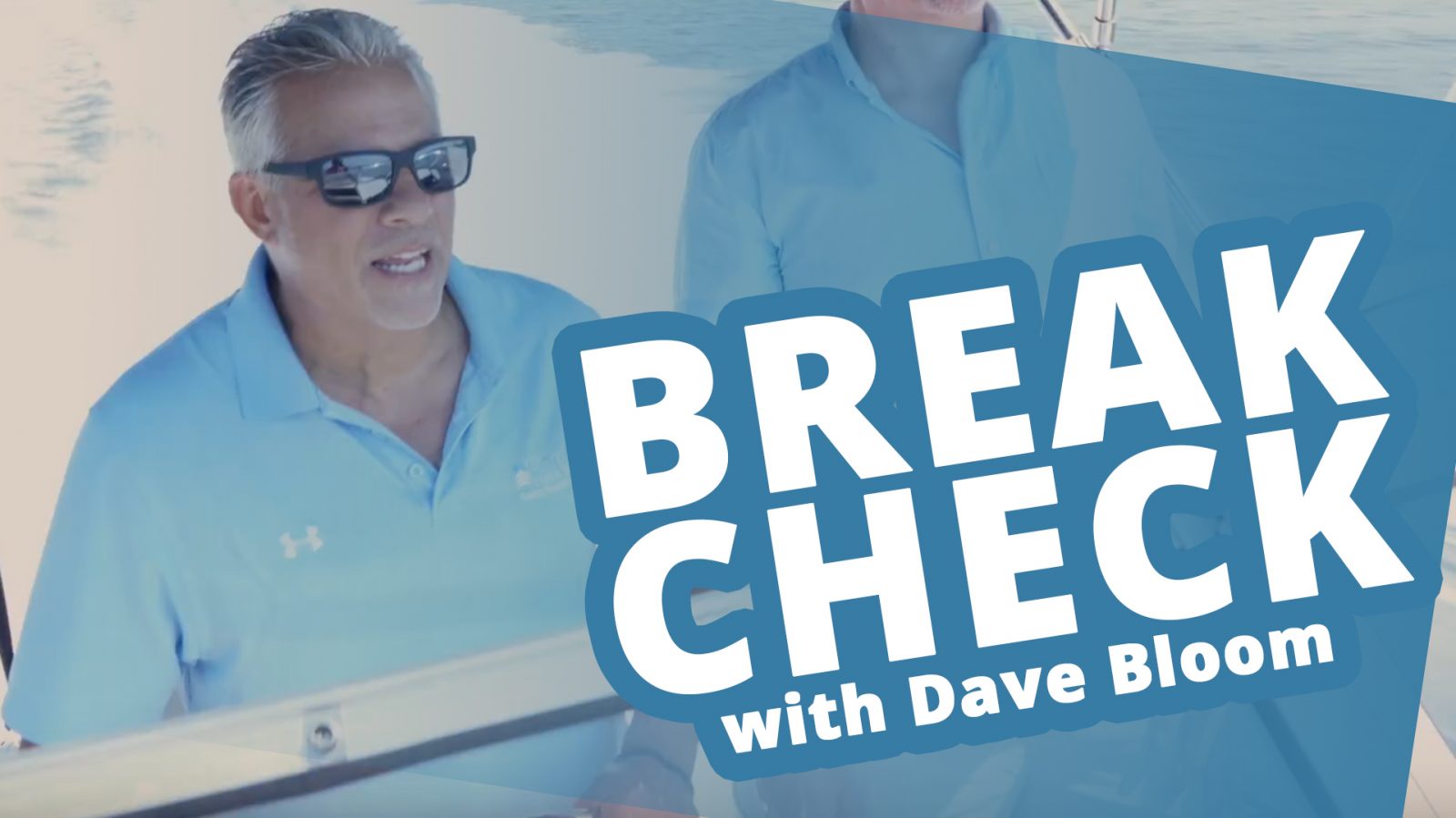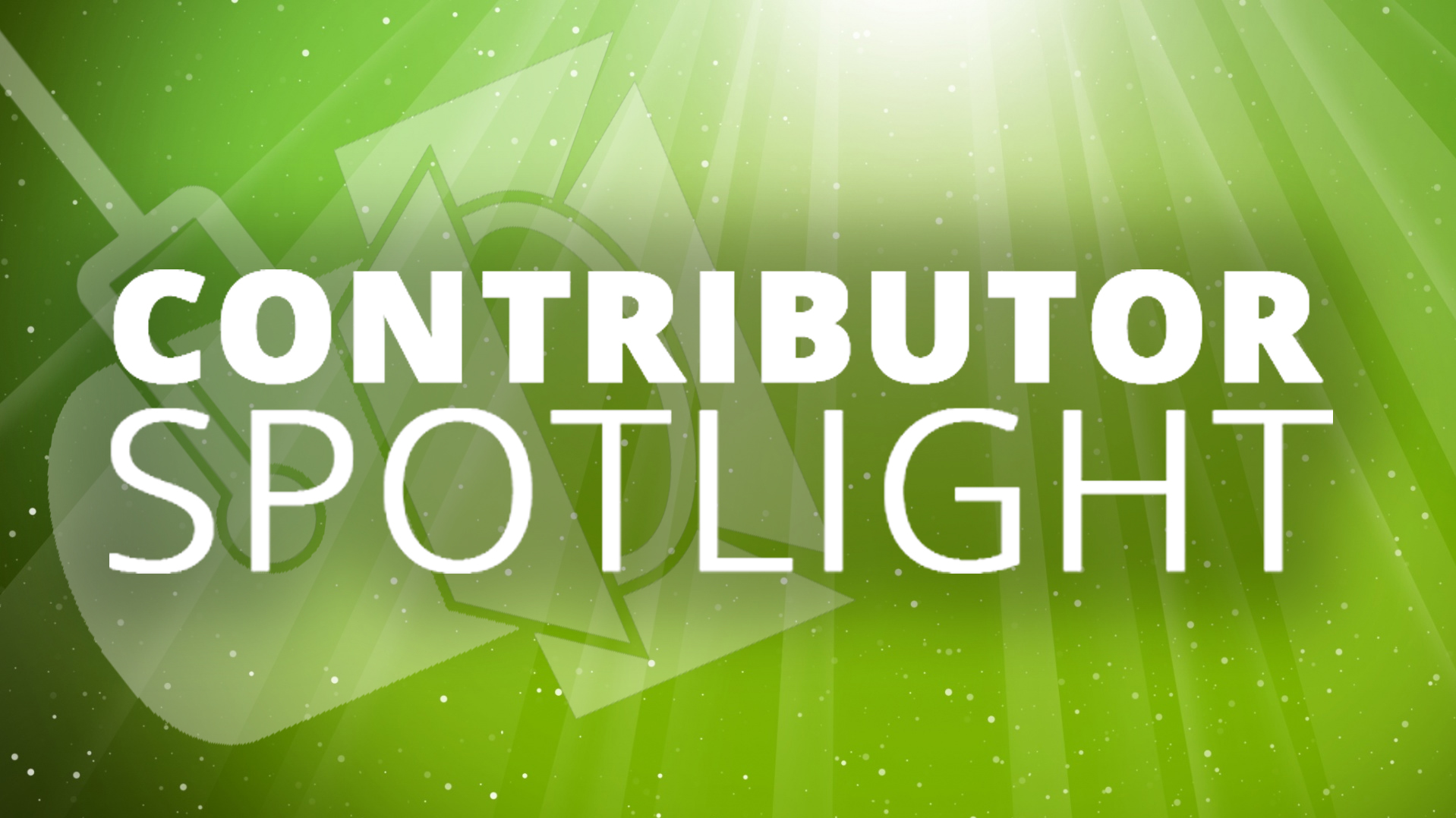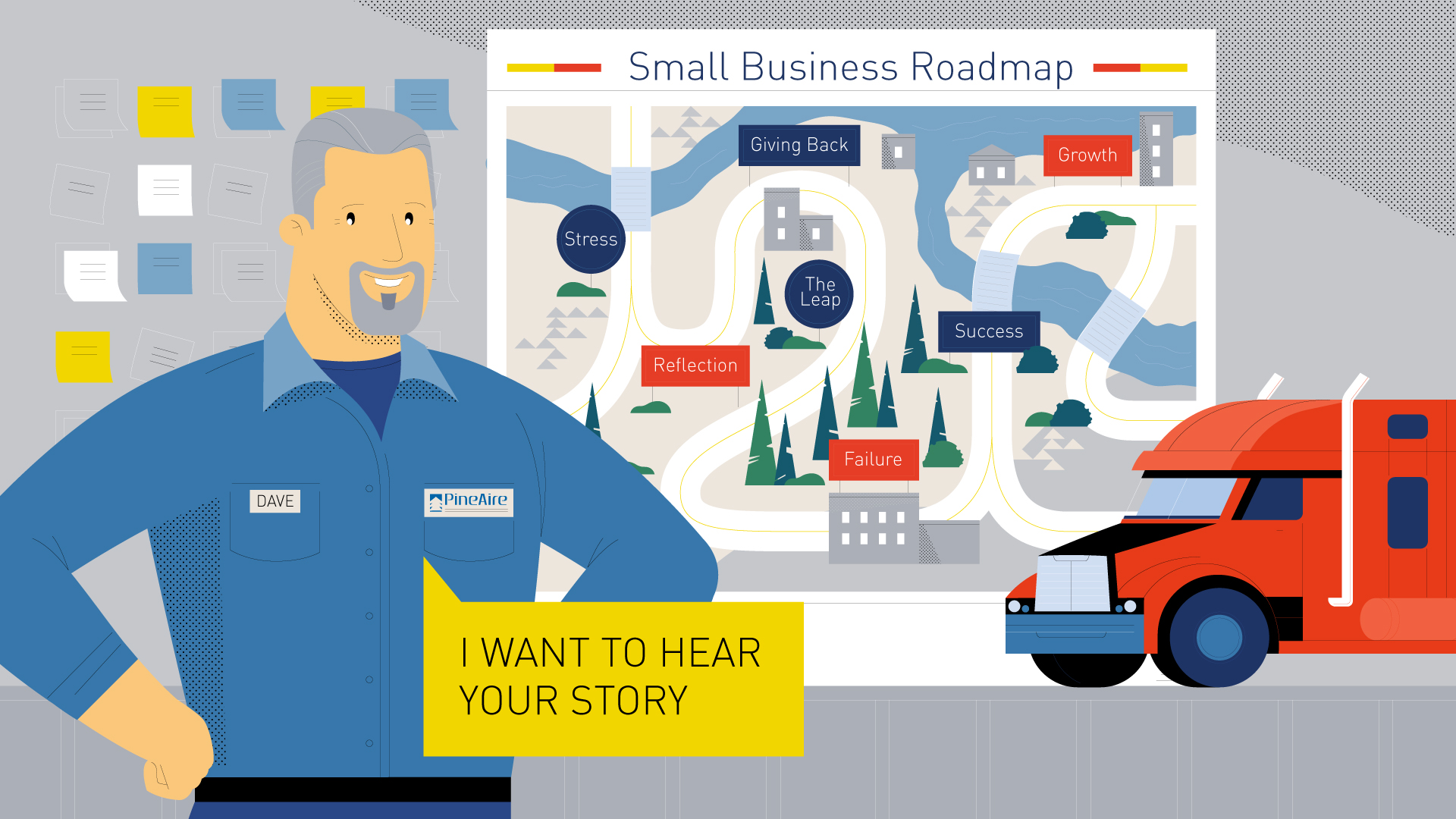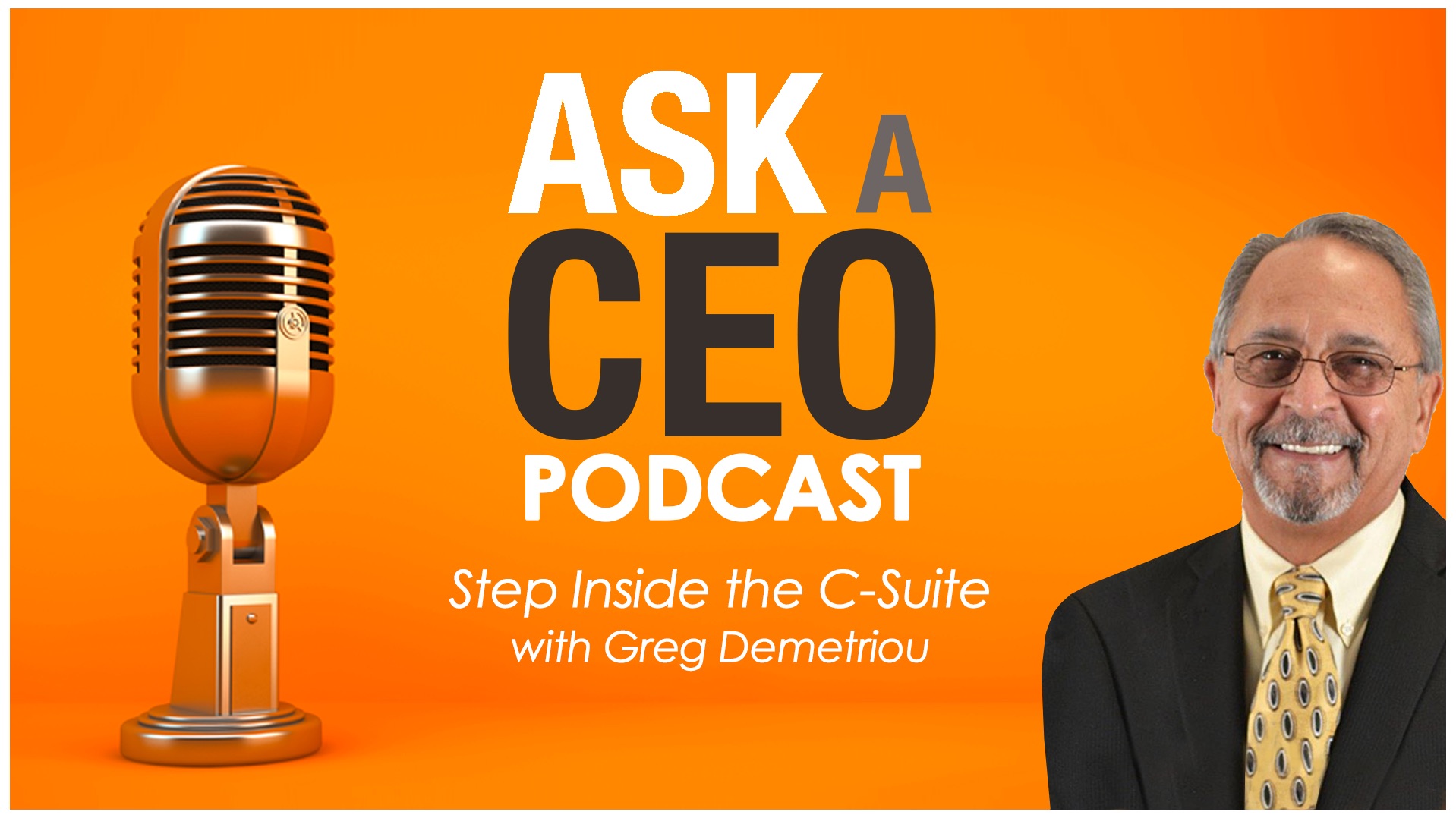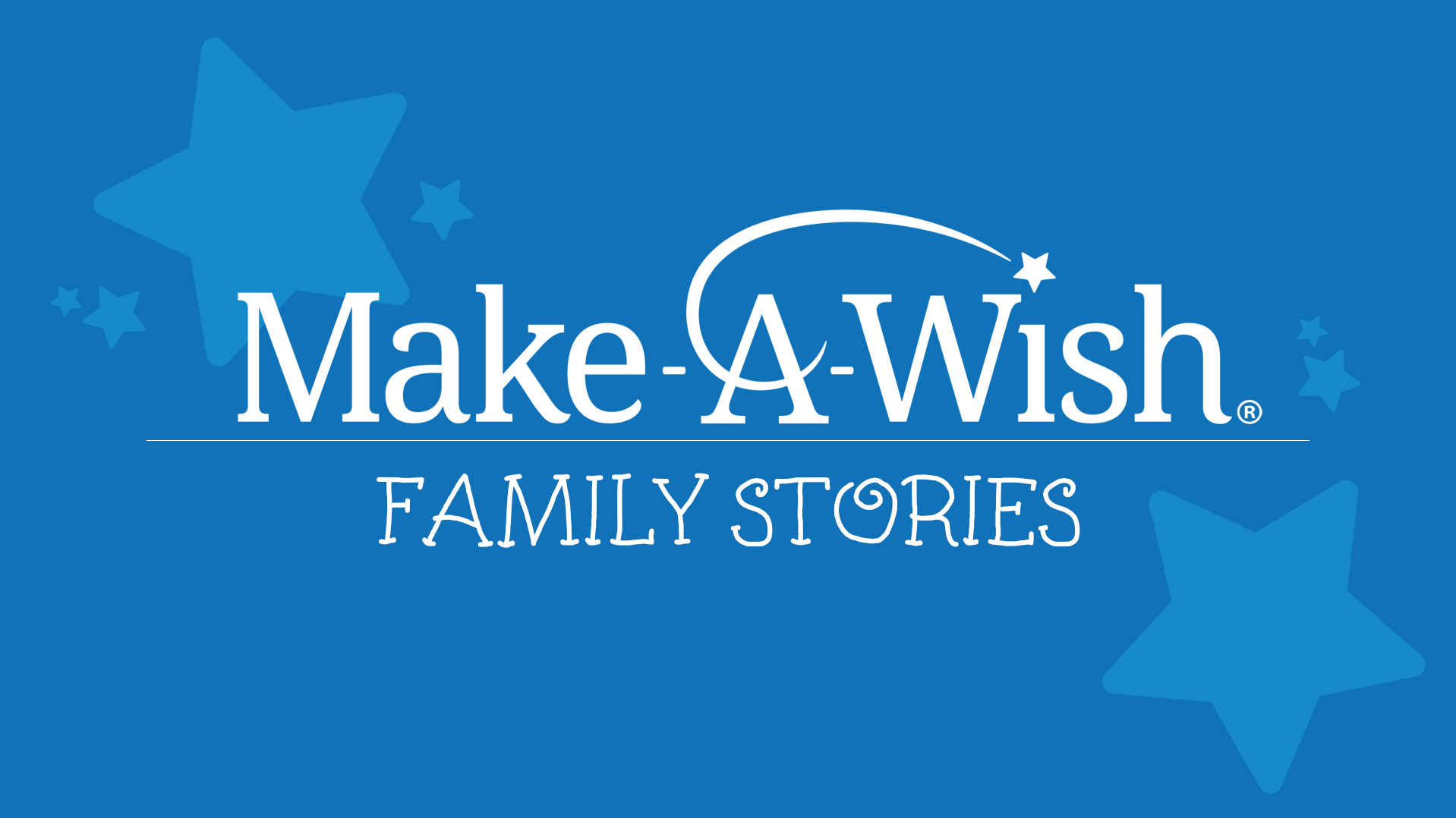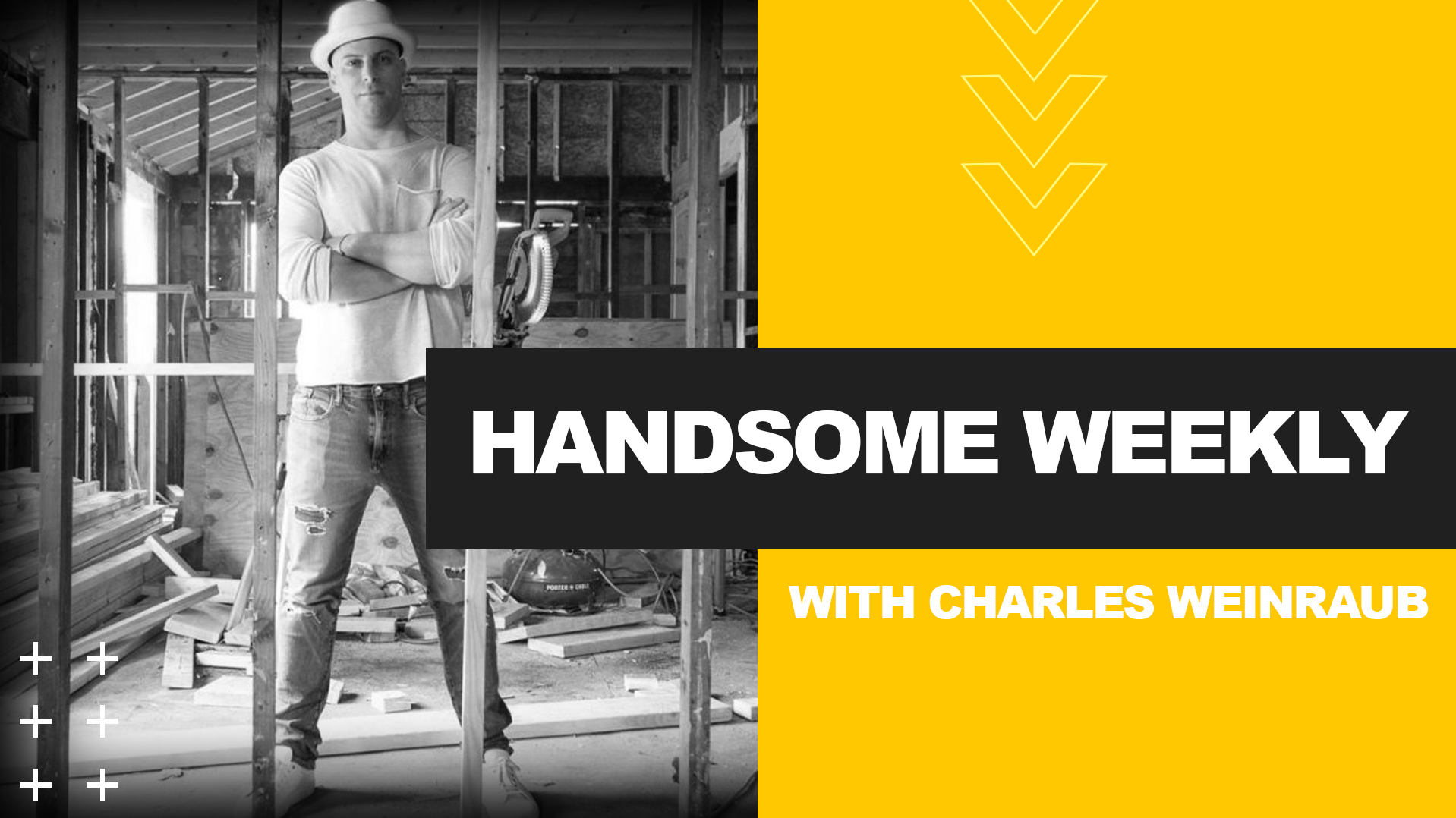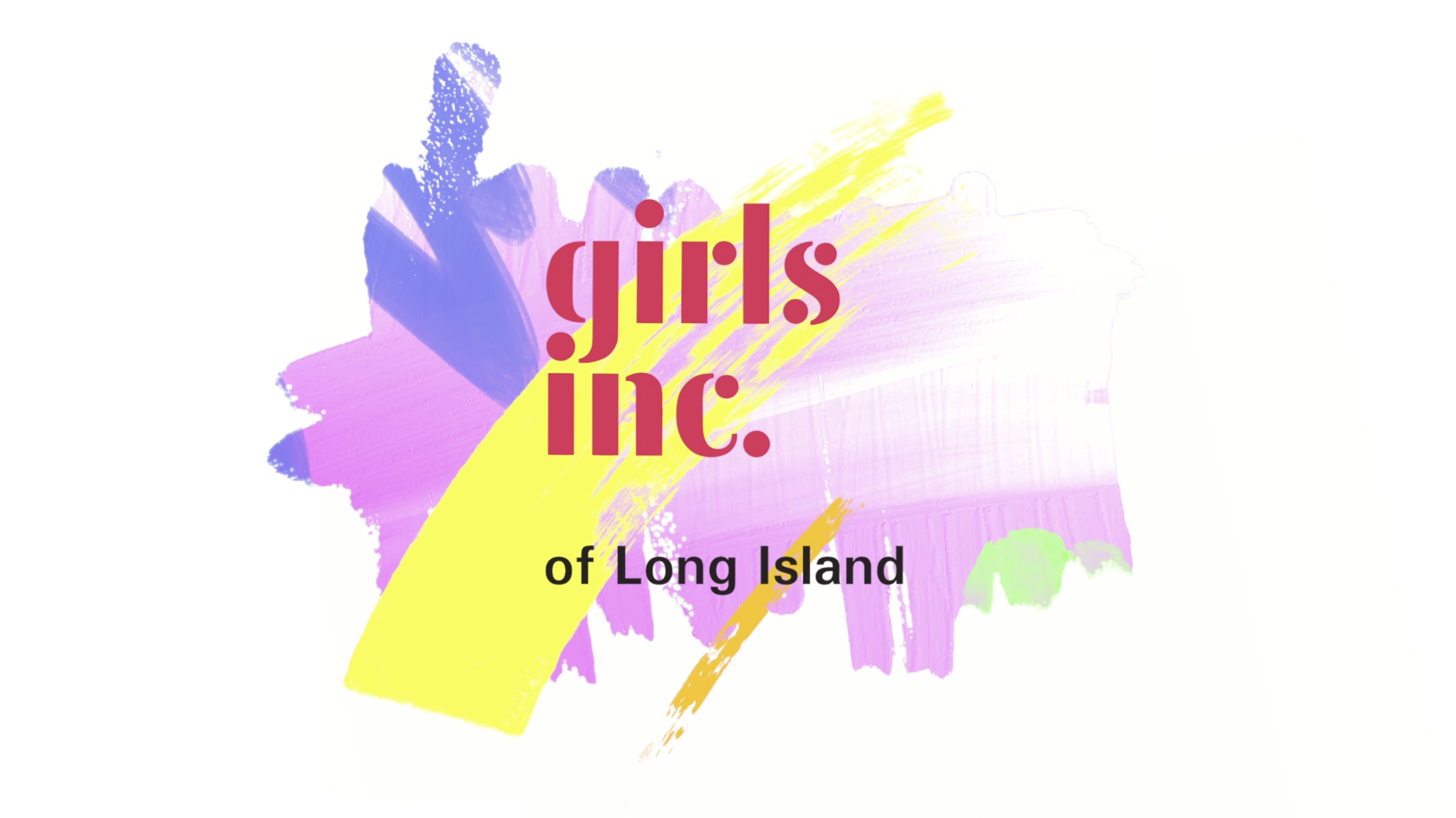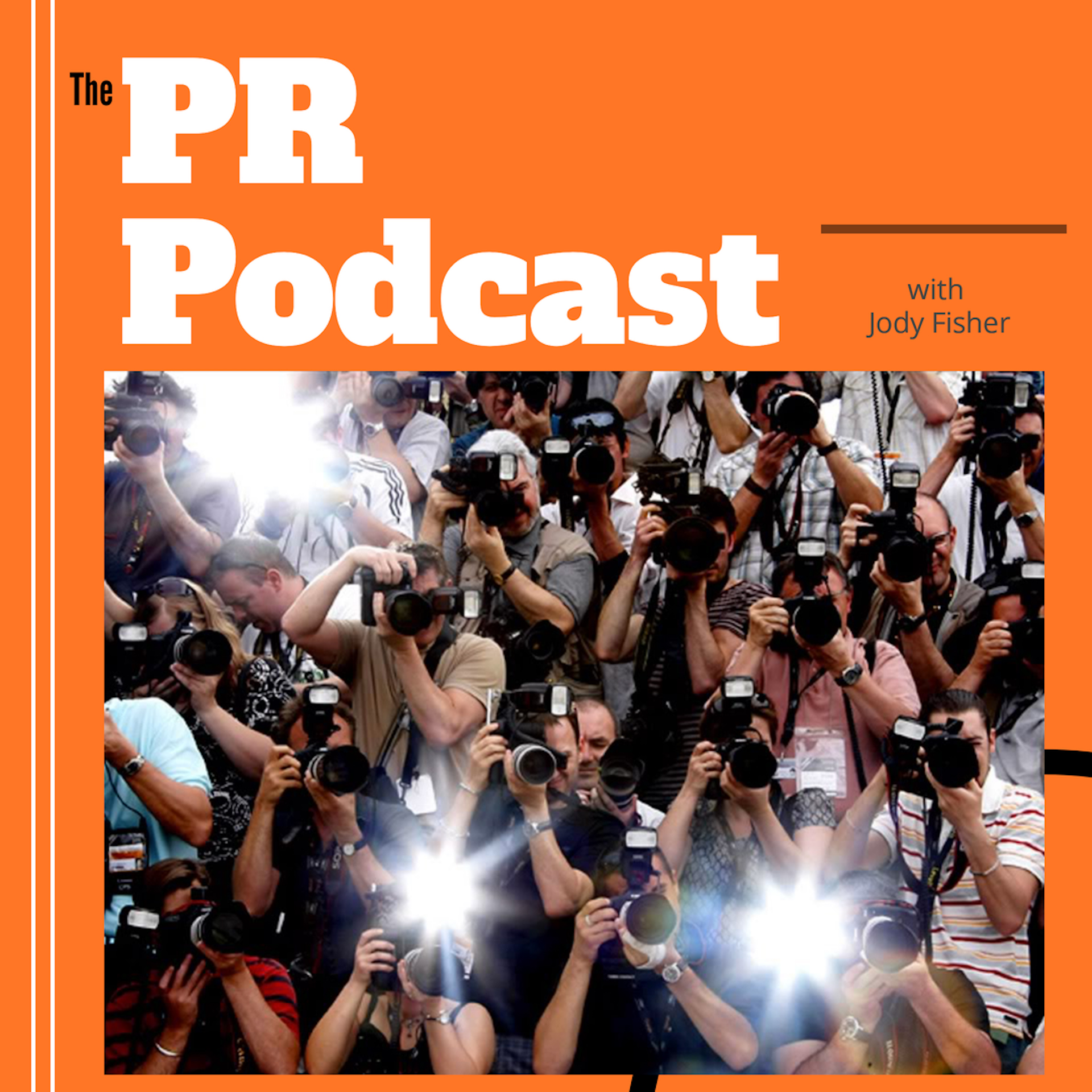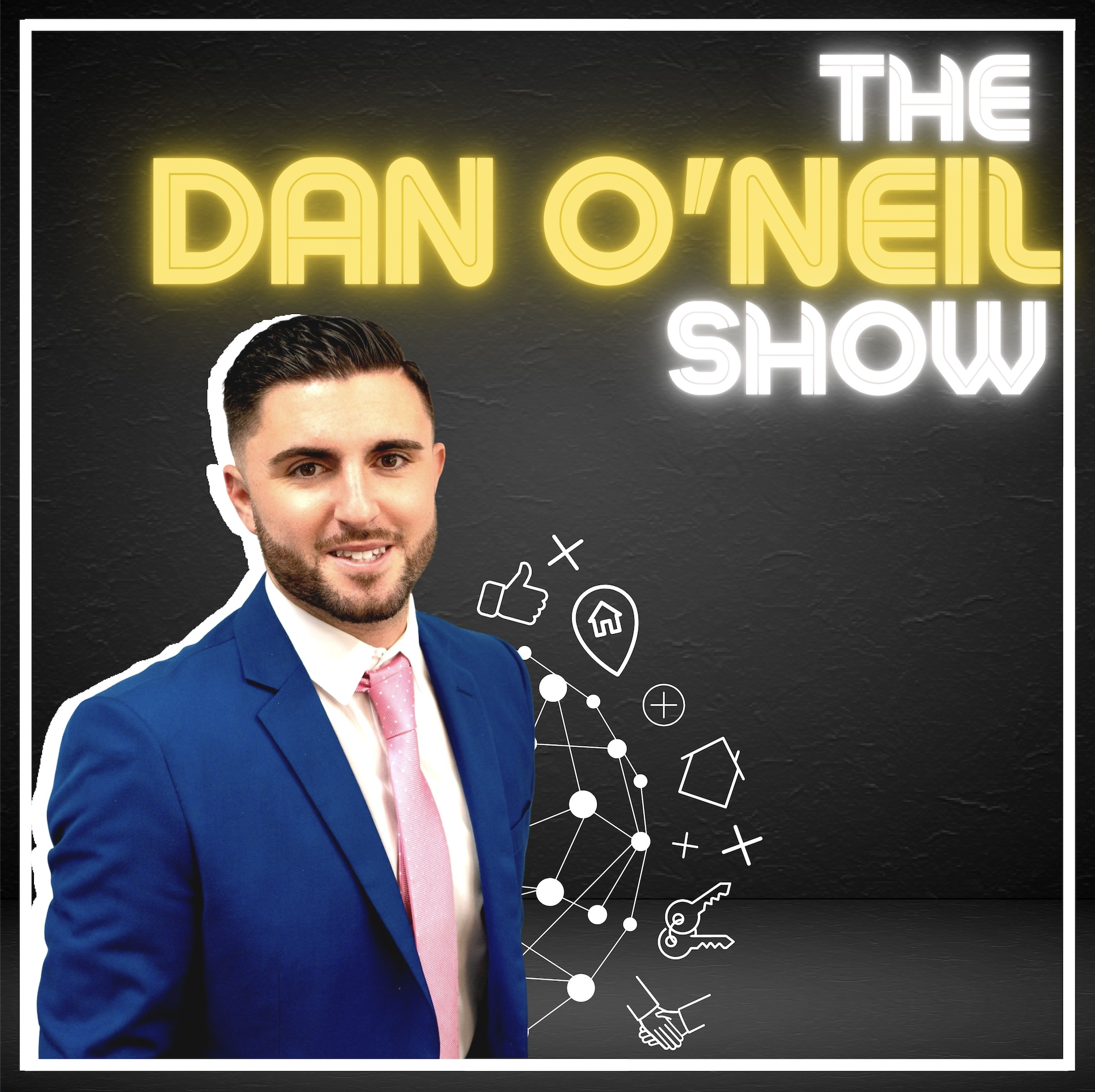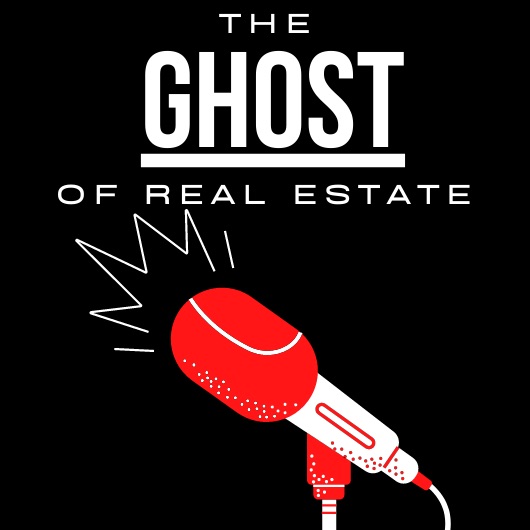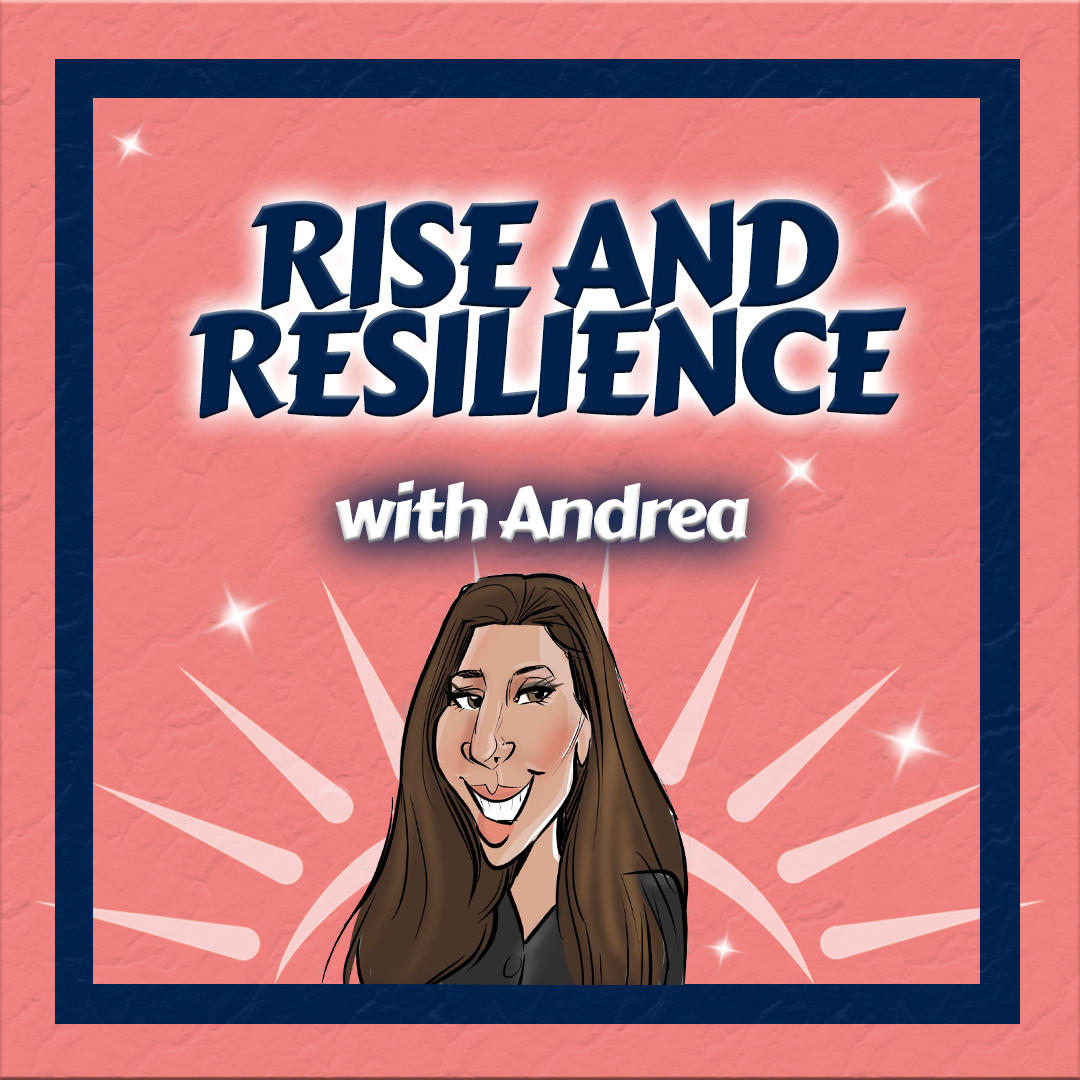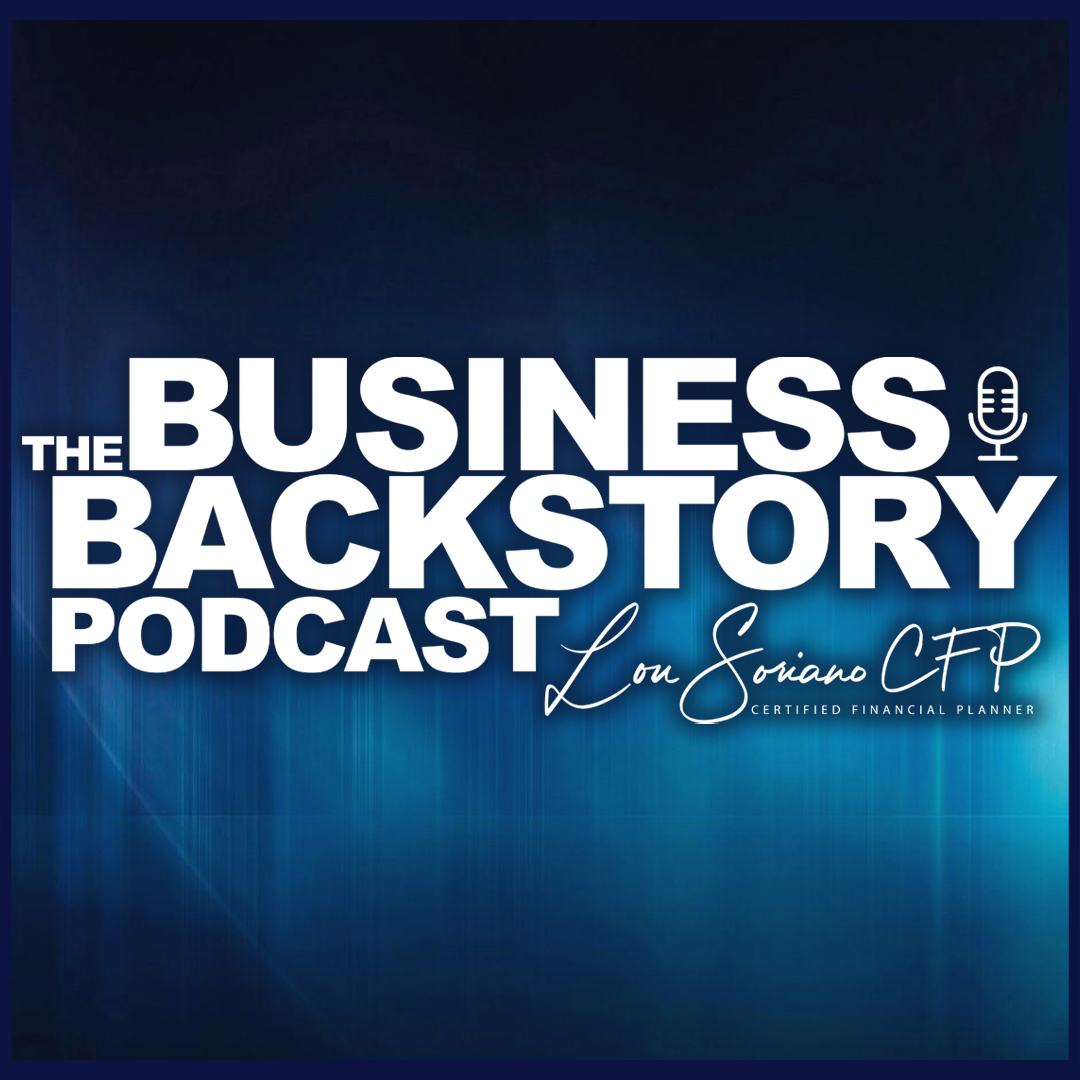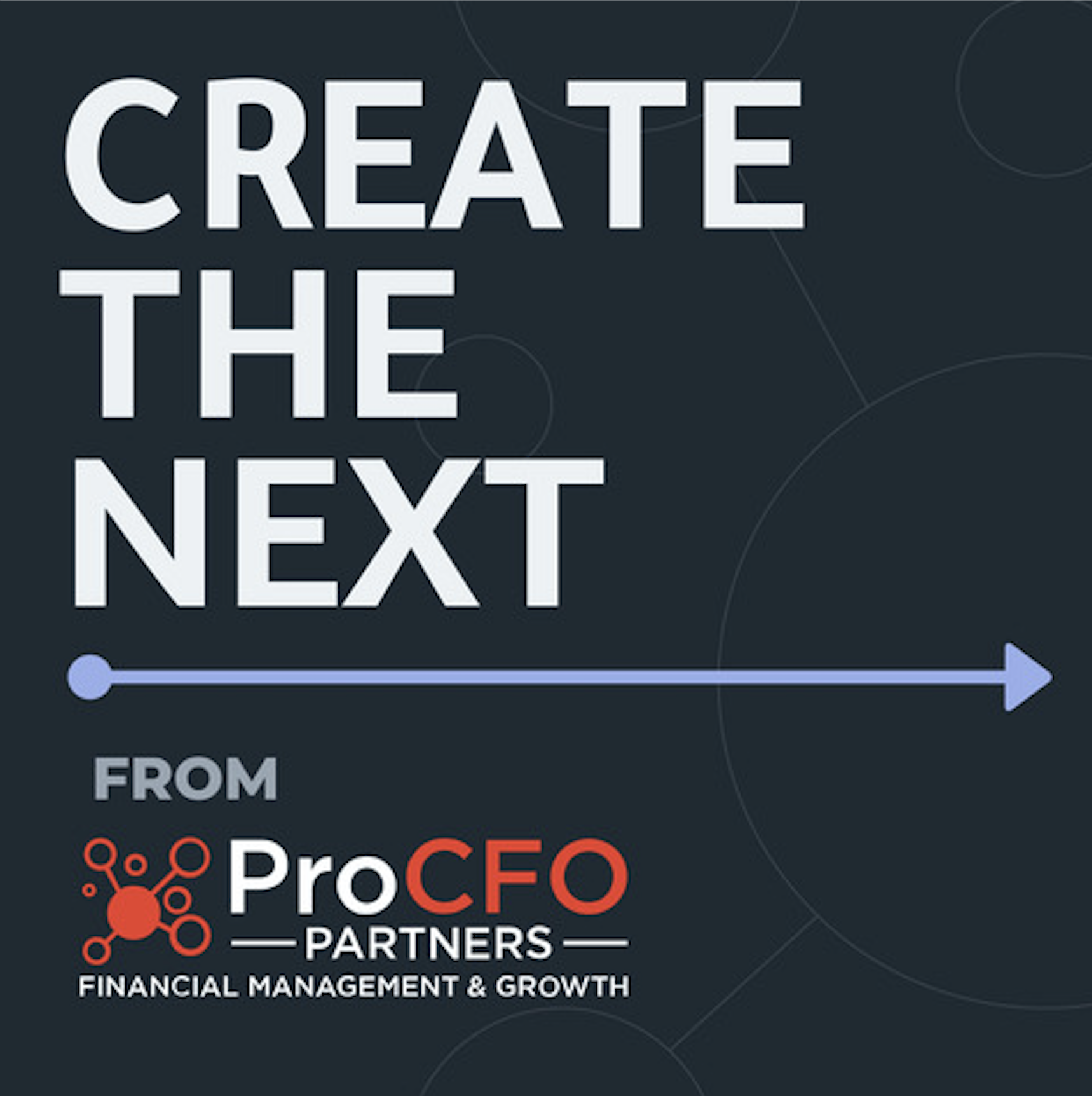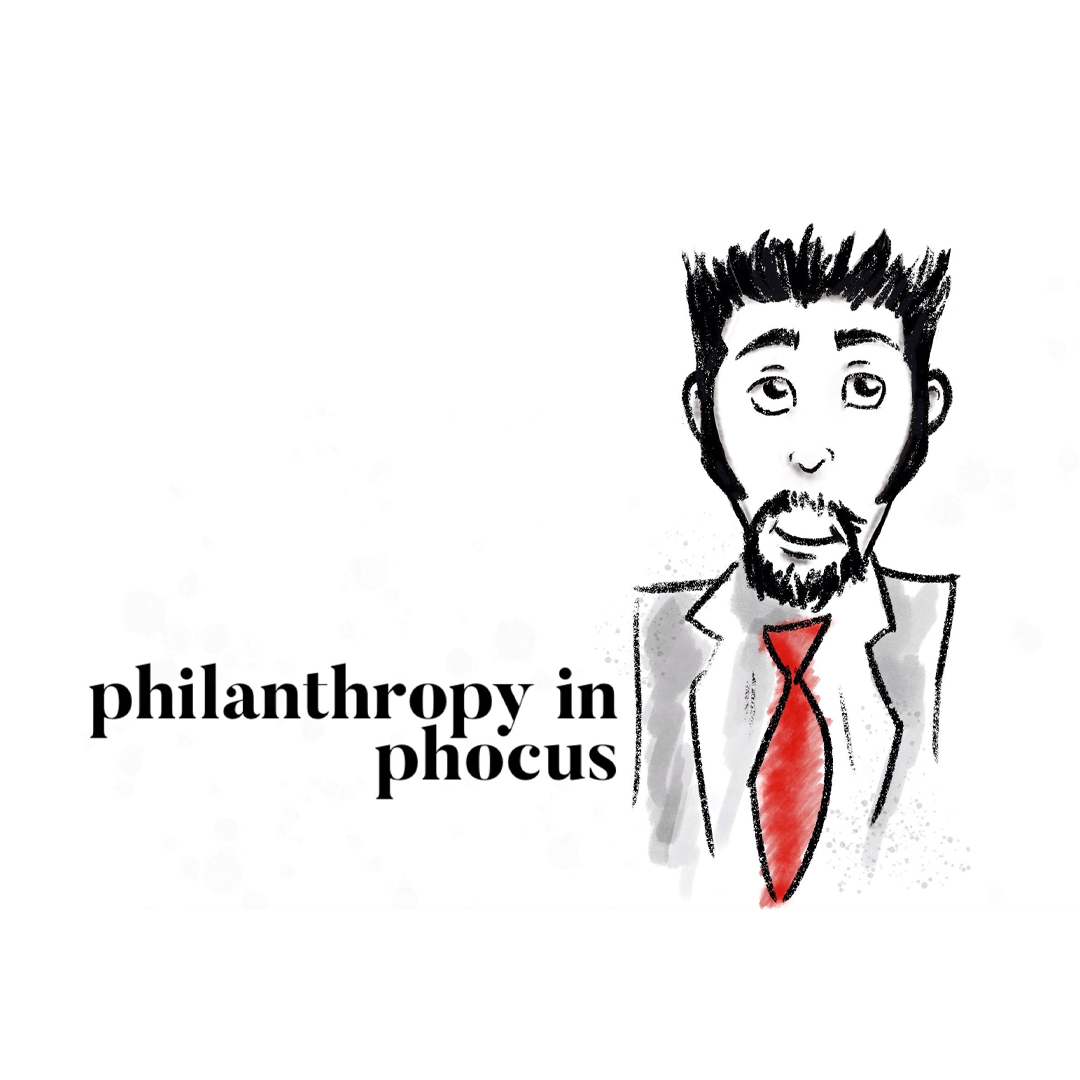
December 2020
5 Min Read
How to Pick the Right PEO
If you’ve gone through the exercise of looking for the right PEO, you know it can be a daunting task. There are many tangible and non-tangible factors to consider. My goal is to give you a non-biased tool that will help you make a better decision on who you partner with. PEOs are not created equal. You’ll find a great deal of variety in the way PEOs structure, deliver and price their services. A Hyundai and a Mercedes are both cars, both get you to where you need to go but with a different experience. What you value depicts what you buy.
Align Your Challenges with PEO Services:
What does the company need? For example, let’s say your business is having a hard time accessing affordable health coverage for its employees because you have offices in several states. Here you’d want to ensure the PEO you choose could provide your employees access to a national healthcare provider at a competitive rate.
You Know What You Want, Now Narrow Your Options Down to Two or Three PEO’s:
Understand Pricing: Many variables affect the cost of joining a PEO. Your company’s size, overall workers’ compensation risk and the employee benefits offered to employees are all examples of components that contribute to cost. In addition, there can be differences in the way PEOs’ bill for their services. Some PEOs calculate their fee as a percentage of your payroll. Others charge a flat fee per employee. With the payroll percentage fee structure, bonuses and commissions you award your employees may cause fluctuations in cost – you may pay more to the PEO in those weeks. With the flat, per-head fee structure, it doesn’t matter if an employee makes $30,000 or $1,000,000 – your PEO costs stay the same.
Long-Term Costs: How does the PEO manage their health care costs long term? A good way to judge this is to ask for an average annual increase statement. A difference as low as 2-5% medical increase between either PEO could mean thousands of dollars. What may be an inexpensive PEO year one could be more expensive than a premier player year two. This will be easy for a publicly traded PEO as this is public record.
Look at Your Evaluation from an Overall Perspective: Although cost is always a factor, picking the wrong provider could end up being an expensive mistake. What is the overall value being provided by each PEO and where will are business be over the next few years?
- • Do you plan on building an HR department in house? If so, you likely won’t need a PEO with a robust HR offering. If you plan on outsourcing 100% of it or just having one HR person in-house, you might want a provider that does over more HR resources.
- • How much would improving employee productivity affect top and bottom line revenues? Are you prepared to handle it yourself or would it be easier to outsource most of this with or without an in house HR professional?
- • If you don’t have an HR person right now and don’t plan on getting one, will the HR Service Team provide adequate support
Meet the Service Team: Although the PEO sales rep might be very knowledgeable, chances are he/she will not be your main point of contact. Be sure to meet the people you’d be working with. Find out things like:
- • Are they reactionary service or are they proactive with updated laws and regulations, handbooks, HR best practices, etc? How much work do they do? For example, some PEOs will create custom job descriptions and present it to the client while others only give templates and want you to customize them. Some will come on site for employee issues, some won’t.
- • What methods of communication will there be? Some technology driven PEOs handle client interactions through self-service applications. You may have opportunities to meet in person with the PEO’s service team provided one is available. Be aware that many PEOs use call centers to answer client questions, while others assign a dedicated team that the clients contact whenever an issue arises.
- • What are their credentials? American Payroll Association (APA) offers two levels of certification – the Fundamental Payroll Certification (FPC) and the Certified Payroll Professional (CPP). HR Certification Institute (HRCI) offers six certifications that show relevance, competence, experience, credibility and dedication to human resources. The most common are the Professional in Human Resources (PHR) and Senior Professional in Human Resources (SPHR) certifications. To gain these credentials, HR professionals must meet certain experience and education eligibility requirements, pass a comprehensive exam and get re-certified every three years.
- • What is the staff to client ratio? The staff support ratio is the number of the PEO’s service team members to the total number of their client companies’ employees. This is a good way to compare the level of service you can expect from one PEO to another. For instance, a PEO that provides one service team member for every 1000 client employees may be slower to respond to your requests than a PEO that provides one service team member for every 100 client employees.
- • How does the HR team get Paid/Ranked? Compensation and rewards drive behavior. Some PEOs’ compensation and/or rewards plan creates a great customer experience by rewarding for retention, responsiveness, etc. Some just get a straight salary.
- • How long have they been working in the Company? Ever have a great account manager that leaves the company and is replaced by a lousy one? If every HR person on the call has low tenure with the PEO, what is happening internally? You wouldn’t get a haircut from a stylist who had bad hair. Why would you get HR advice from a group that has high turnover?
Customer Satisfaction: Be sure to ask for a few customer referrals of similar companies in size and industry. Ask questions like what do you like and not like about your PEO? How long do you plan on staying with a PEO and why?
Companies Reputation: What are their values, what do they believe in as an organization? Are they practicing what they preach? Like building teams if the values and ideologies of everyone involved don’t align that might jeopardize the success of the team. If an organization doesn’t have fruit on the tree in an area you’re looking to grow in they can’t help you.
For example, if increasing employee morale and satisfaction is important to you, how well does the PEO’s organization operate internally on that front? What kind of awards have the PEO received as an organization like a Best Places to Work award from LinkedIn, Glass Door, Stevie Awards, or any other 3rd party organization?
EPLI/Risk: Do you carry employment practices liability insurance? What coverage would my company gain through the co-employment relationship or does the policy only cover the PEO? Compare the level of risk you would gain or eliminate with one PEO versus another. Some EPLI policies are what I call “Conditional Insurance” meaning the PEO decides whether to extend coverage to the client provided they followed the PEO’s recommendations to manage the issue leading to the claim. Some PEOs take out an EPLI policy in both the client and the PEOs name, so regardless of the situation, whether the client abided by the HR team’s recommendation, the client has coverage. When it boils down to an employee lawsuit, how much ownership interest will the PEO have?
As you can see there are a lot of moving parts. This is why I recommend having at least two people on your leadership team on this project. From experience important details fall through the cracks when one person is left to juggle all aspects of the evaluation. It’s also smart to involve a trusted business advisors which might include a strategic financial consultant, a business consultant, or your health insurance broker.




















